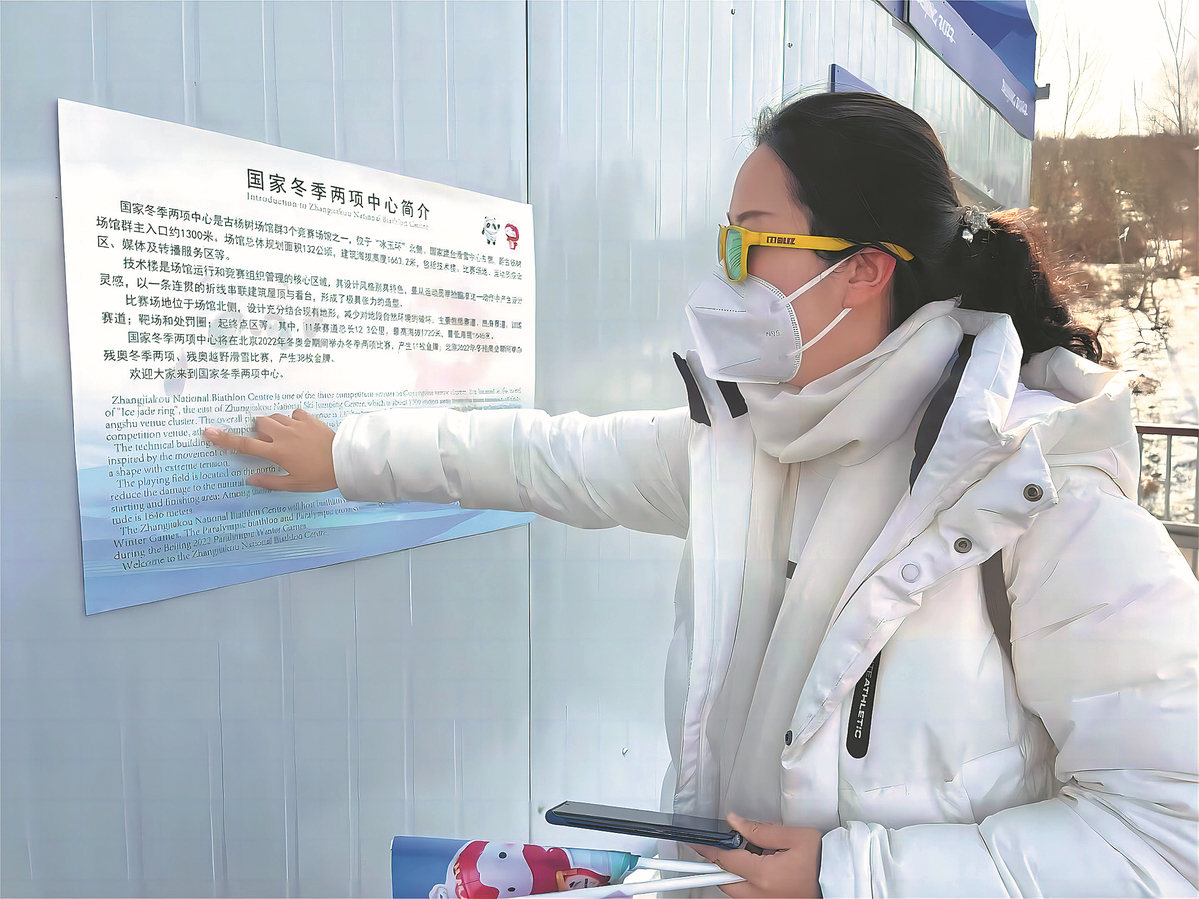Improving communication
Researchers help pioneer ways to enrich lives of visually impaired, An Baijie and Hou Chenchen report.


Learning advantage
Named after its inventor Louis Braille in 19th century France, Braille is a tactile representation of alphabetic symbols using six dots to represent each letter.
The Braille system commonly used in English-speaking countries may not be suitable for tonal languages spoken in Asia, Africa and the Americas, where over 1.5 billion people use these languages.
China is among the countries requiring an improved Braille system distinct from the standard one. Mandarin Chinese is a tonal language, as the pitch or the tone in which the word is spoken contributes to its meaning.
Similar to many tonal languages worldwide, Mandarin conveys specific meanings but the original Braille system fails to represent its tones.
Braille relies on pinyin, the system for writing Chinese words using the Roman alphabet. A loss of meaning takes place with the conversion from visually based graphic characters to hearing-based phonetic Braille.
Standard Braille's shortcomings may hamper visually impaired students in acquiring knowledge because the absence of tones can result in numerous ambiguities, he says.
The inherent learning potential of visually impaired children is no different from that of other children, according to Zhong, but various factors may impede their learning ability and cause them to lag behind others.
In extensive reading, visually impaired individuals often rely on contextual cues to infer word meanings but this form of inference may be inadequate in learning new knowledge.
"When students come across unfamiliar or new words, grasping their meanings becomes challenging. This leads to numerous difficulties in the learning process," Zhong says.
The traditional Braille system without tone notation was established in 1953. Since then, researchers have continually explored methods to integrate tones into Braille.
In 1988, Huang Nai, a pioneer in China's education for the visually impaired, introduced a two-cell Braille system to address the shortcomings of non-tonal Braille.
"The new system successfully implemented tone notation in two cells, but it overthrew the old Braille system. This required visually impaired individuals to learn an entirely new language, causing them to undergo the pains of Braille reform," Zhong says.
The two-cell system faced many challenges and after a five-year trial period, its use was discontinued.
"In the span of these 20 years dedicated to developing tonal Braille, we've essentially circled back to our starting point," Zhong says.




































